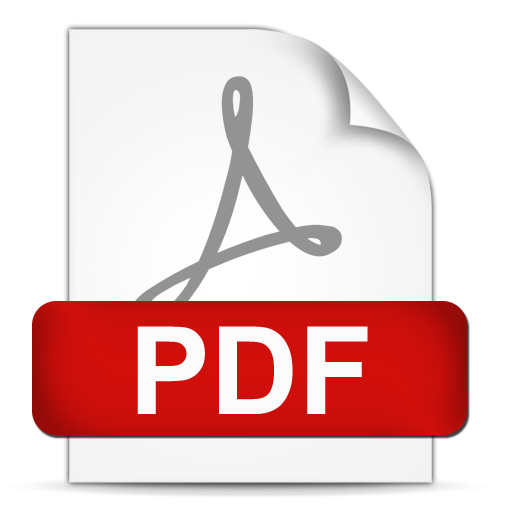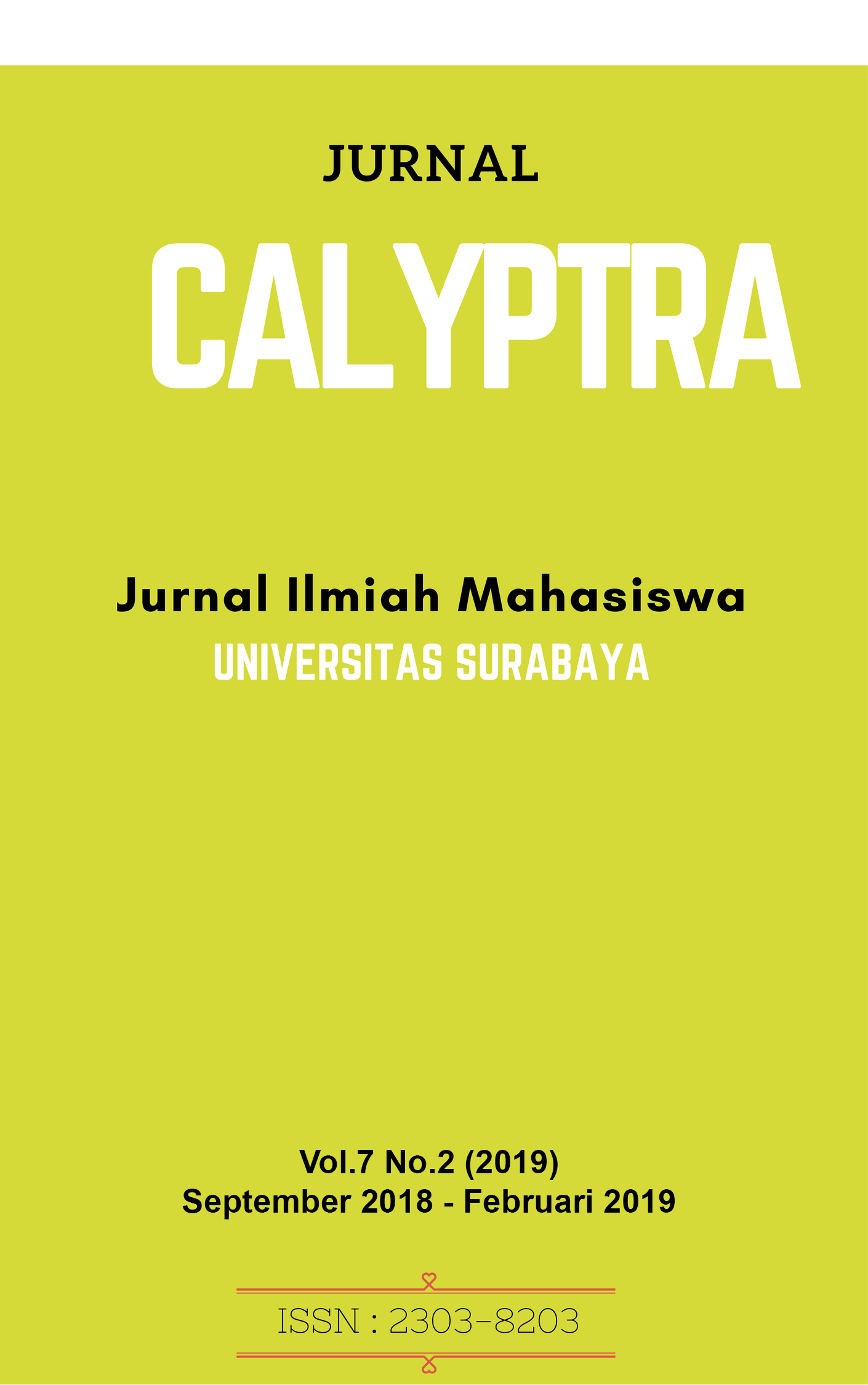HUBUNGAN ANTARA EARNINGS MANAGEMENT DAN CORPORATE ENVIRONMENTAL DISCLOSURE PADA PERUSAHAAN YANG TERDAFTAR DI BEI DAN MENGIKUTI PROPER PERIODE 2014-2015
 Abstract Views:
189 times
Abstract Views:
189 times
 PDF - FULL TEXT Downloads:
207 times
PDF - FULL TEXT Downloads:
207 times
Abstract
Abstract - The tendency will environmental awareness has brought a change of attitude toward the profit orientation of the environmental orientation of the company. Management as agents can not avoid the reality of the impact of corporate activity that not only generate profits and raise share prices, but also cause environmental impacts such as damage to ecosystems, pollution, effluents and waste and all of these are company responsibility in relation to the environmental aspects. This research is aimed to examine the influence of earnings management and corporate governance mechanisms to corporate environmental disclosure (CED). Earnings management was measure by discretionary accruals use Khotari et al. (2005) model.
The population of this research is 51 companies in the non-financial companies which were listed in Indonesian Stock Exchange (IDX) in 2014-2015. Data used in this study come from annual reports and sustainable report of non-financial companies listed on the IDX and the Program for Pollution Control Evaluation and Rating (PROPER) in 2014-2015 with a total of 37 companies. Hypothesis testing method used is multiple regression analysis.
Result of this research indicates that earnings management is negative significant of corporate environmental disclosure, and just board size variable can be moderate of earnings management and corporate environmental disclosure.
Downloads
References
Chariri, Anis dan Imam Ghozali. 2007. Teori Akuntansi. Fakultas Ekonomi: Universitas Diponegoro Semarang.
Dechow, P.M., R.G Sloan, and A.P. Sweeney. 1996. Causes and Consequences of Earnings Manipulation: Analysis of Firms Subject to Enforcement Actions by The SEC. Contemporary Accounting Research. Vol. 13 : 1-36.
Deegan, C. 2002. The Legitimizing Effect Of Social And Environmental Disclosures: A Theoretical Foundation. Accounting, Auditing and Accountability Journal, Vol.15, hal. 28-311.
Deegan, C. Rankin, M., and Tobin, J. 2002. An Examination Of The Corporate Social And Environmental Disclosures Of BHP From 1983-1997: A Test Of Legitimacy Theory. Auditing and Accountability, Vol. 15, hal. 312-343.
Fama, E.F, and Jensen M.C. 1983. Separation of Ownership and Control. Journal of Law and Economics. Vol. 26.
Freeman, R.E. dan J. McVea. 2001. “A Stakeholder Approach to Strategic Management”.http://papers.ssrn.com/sol3/papers.cfm?abstract_id=26351.SSRN. Diakses tanggal 24 Mei 2015.
Global Reporting Intiative G4. 2015. www.globalreporting.org (diunduh tanggal 10 Mei 2015).
Healy, P., dan Wahlen J. 1999. A Review of The Earnings Management Literature and Its Implications for Standard Setting. Accounting Horizon 12(4).
Harper, J. (2007). Chairing the Board: A Practical Guide to Activities and Responsibilities, hal. 101-102.
James C, Van Horne dan John M. Wachowicz. 2005. Prinsip-prinsip Manajemen Keuangan. Edisi kedua belas. Jakarta: Salemba Empat.
Jensen, M. (1986). Agency cost of free cash flow, corporate finance, and takeovers. American Economic Review. 76:323-329.
Jensen, M.C., & W.H. Meckling. 1976. Theory of The Firm: Managerial Behavior, Agency andOwnership Structure. Journal of Financial Economic, Vol.5, No.4
Kothari, S.P., 2001. Capital markets research in accounting. Journal of Accounting and Economics31, 105–231.
Nan S., Aly S., Khaled H. dan M.Habbash. 2010. Corporate environmental disclosure, corporate governance and earnings management; A case study of UK non-financial firm. Managerial auditing, Vol. 25 lss 7 hal. 679-700.
Prior, D., J. Surroca dan J.A Tribo. 2008. Are socially responsible managers really ethical? Exploring the relationship beetwen earnings management and corporate social responsibility. Corporate Governance: An international Review 16 (3): 443-459.
Rahardja dan Shinta Altia-faktorWidosariyangBerpengaruh. 2012. Terhadap Audit Delaypada Perusahaan Manufaktur di Bursa Efek Indonesia Tahun 2008-2010”Diponegoro. Journal of Accounting. Vol. 1, No. 1, Tahun 2012, Hal. 1-13.
Rachmawati dkk 2007. Analisis faktor-faktor yang mempengaruhi kualitas laba dan nilai perusahaan.
Roodposhti F. Rahnamay dan S. A. Nabavi Chasmi.2011. The impact of corporate governance mechanisms on earnings management. African Journal o Business Management Vol. 5 (11), 2011.
Schipper, K. 1989. Commentary on earnings management. Accounting Horizons. Desember, 9-102.
Scott, W.R. 2010. Financial Accounting Theory. International Edition. Pratince Hall.
Scott, W.R. 2009.Financial Accounting Theory, Third Edition, Prentice Hall, Toronto.
Soemarso. 2005. Akuntansi Suatu Pengantar. Edisi Revisi, Jakarta: Salemba Empat.
Surifah. 2001. Studi tentang Indikasi Unsur Manajemen Laba pada Laporan Keuangan Perusahaan Publik di Indonesia. Jurnal Akuntansi & AuditingIndonesia. Vol. 5 (1).
Titman, S. and Wessels. (1988). The determinant of capital structure choice. Journal of Finance. 43:1-19.
Trueman, B dan S. Titman. 1988. “An Explanation for Accounting Income Smoothing”. Journal of Accounting Research. Vol. 26. hal 127-139 .
UNDANG-UNDANG REPUBLIK INDONESIA NO. 40. 2007. Perseroan Terbatas, hal 1- 45 (diunduh tanggal 2 Mei 2015).
Watts, Ross L and Zimmerman, Jerold L (2010). Positive Accounting Theory : A Ten Year Perspective.
Xie, B., Davidson, D. III and DaDalt, P.J. (2003), “Earnings management and corporate governance: the role of the board and the audit committee”, Journal of Corporate Finance, Vol. 9, hal. 295-316.

This work is licensed under a Creative Commons Attribution-ShareAlike 4.0 International License.
- Articles published in CALYPTRA are licensed under a Creative Commons Attribution-ShareAlike 4.0 International license. You are free to copy, transform, or redistribute articles for any lawful purpose in any medium, provided you give appropriate credit to the original author(s) and the journal, link to the license, indicate if changes were made, and redistribute any derivative work under the same license.
- Copyright on articles is retained by the respective author(s), without restrictions. A non-exclusive license is granted to CALYPTRA to publish the article and identify itself as its original publisher, along with the commercial right to include the article in a hardcopy issue for sale to libraries and individuals.
- By publishing in CALYPTRA, authors grant any third party the right to use their article to the extent provided by the Creative Commons Attribution-ShareAlike 4.0 International license.



